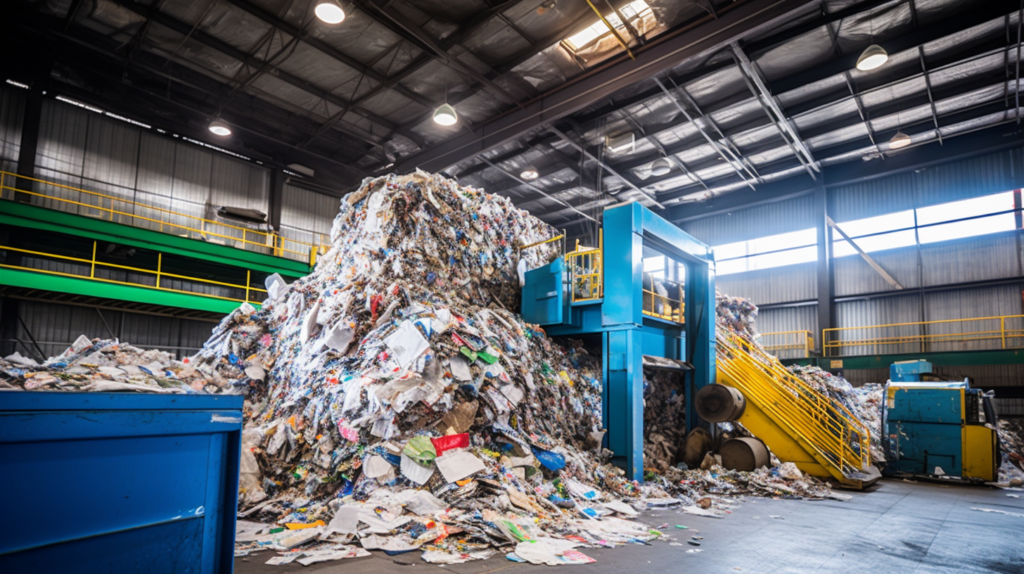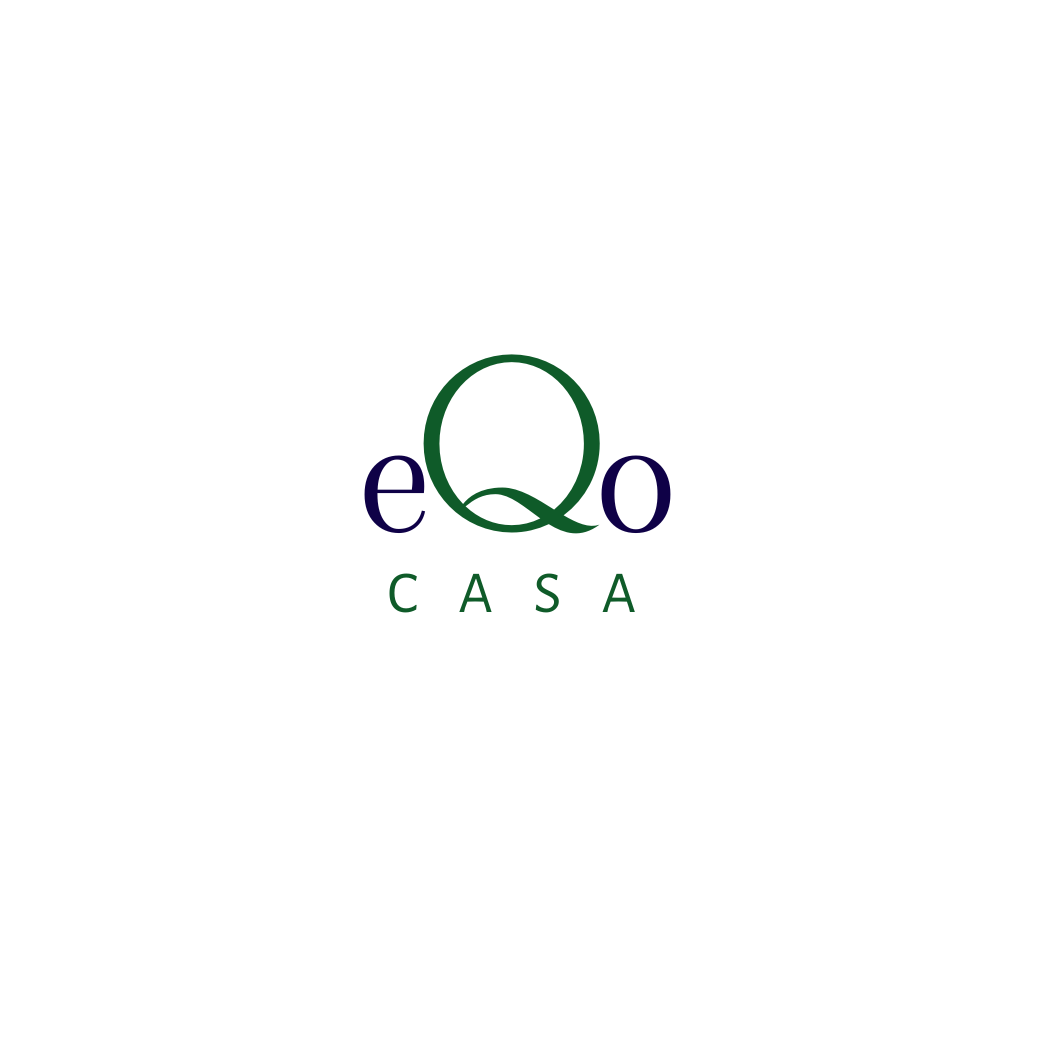
Many of us take part in the process of recycling on a regular basis. Hoping that it will be recycled, we separate our waste into several containers. But have you ever questioned whether recycling is the best way to address our environmental problems and how it actually works? Let’s look at the process of recycling and why recycling itself might not be as important as consuming less.
When we place materials like paper, plastic, glass, and metal in the appropriate bins, recycling can start. After that, these materials are collected and taken to recycling centres, where they are sorted. Material types are sorted by advanced equipment, which separates plastics from glass, paper from metal, and so on.
The materials are cleaned and processed to get rid of contaminants after being sorted. For instance, paper is crushed and refined, but plastic bottles are cleaned and shred into tiny flakes. After processing, these elements are prepared for creation into new items.
The materials are then melted, moulded, or otherwise reshaped to create new objects. Aluminium cans are melted and formed into new cans; plastic bottles can be melted down and made into fibres for clothes, which is something that we also recommend checking before buying clothes, look the materials on the labels, and choose for natural and organic materials. It is possible to melt and smash glass bottles to make new glass items.
Recycling certainly has numerous advantages, but it also has downsides and restrictions. The largest obstacle is contamination. When non-recyclable materials are combined with recyclables, the batch as a whole may be compromised, losing value and becoming more difficult to handle. When well-meaning people accidentally put non-recyclable things in recycling bins or when materials are not properly cleaned before recycling, contamination can happen.
Meanwhile, energy and resources are needed for the recycling process itself. Energy is needed for the transportation, sorting, and processing of commodities; this energy is mostly derived from non-renewable sources. Recycling minimises waste and conserves resources, but it is not a perfect answer to all of our environmental issues.
If recycling isn’t the best solution, then what is? Reducing consumption and choosing for more sustainable options are the solutions. We can cut down on the quantity of waste we create in the first place by using reusable alternatives instead of single-use things. Reducing our environmental impact can also be achieved by selecting long-lasting, durable products and minimising packing.
We can also support companies and sectors of the economy that place a high priority on preserving the environment and sustainability. We may share the message that sustainability matters by selecting products created from recycled materials or by supporting businesses that practise eco-friendliness.
In conclusion, recycling is not an ideal fix for our environmental problems, even if it is essential for waste management and resource conservation. In order to actually do something we need to concentrate on cutting back on our consumption, choosing sustainably, and supporting laws and procedures that put protection of the environment first. We can all contribute to a better, more sustainable future for future generations by making tiny changes in our daily lives.
